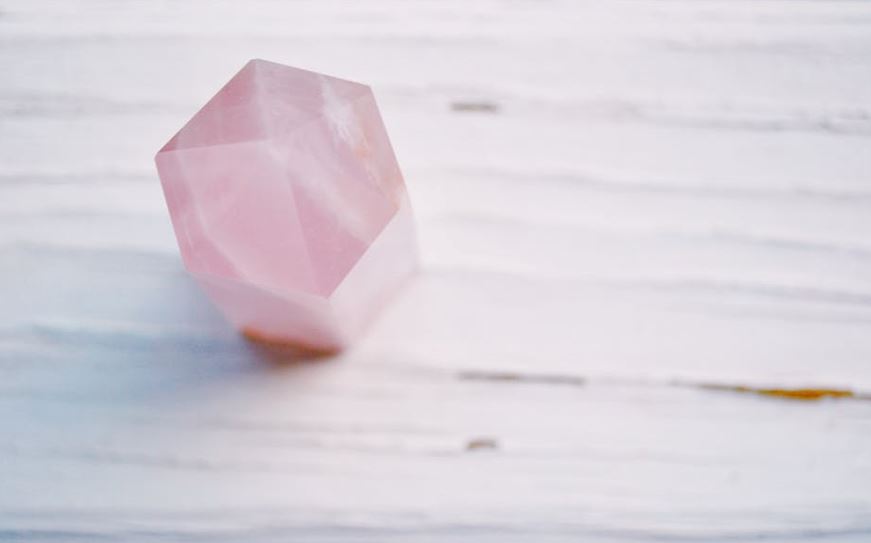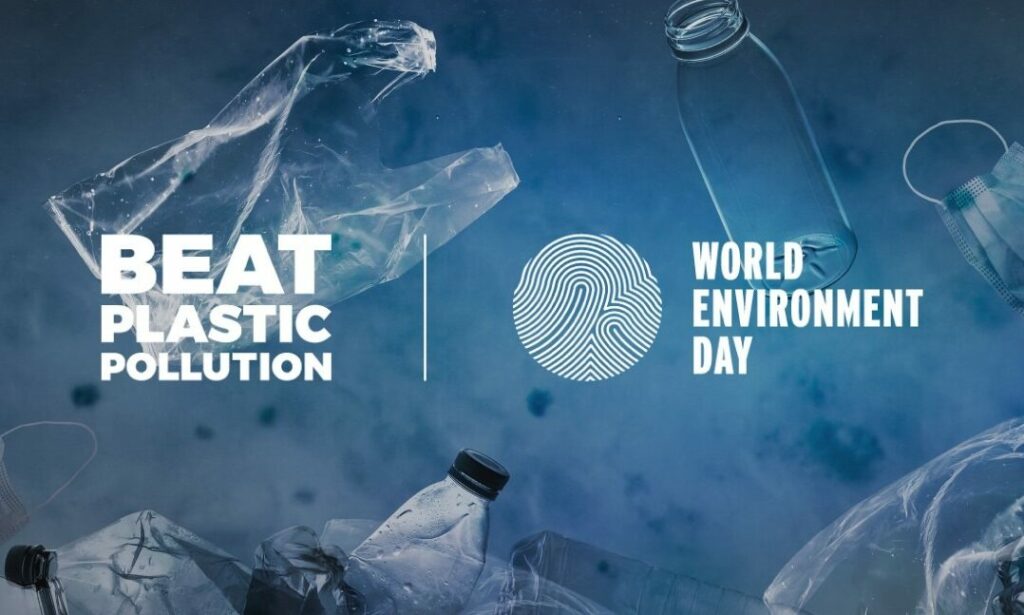The world of crystals and gemstones is a magical, beautiful place. With a long history of jewelry and metaphysical uses, crystals are still widely loved today.
As a popular collector’s item and decoration, crystals are often used in natural healing or meditation practices. If you have a deep love or interest in learning about them, it’s important to know about the different types of crystals.
Before growing your collection, read on to learn about the unique kinds of crystals and their potential benefits.
Quartz
If you’ve ever been in a metaphysical shop or seen a crystal collection, you’ve likely seen examples of crystals like quartz. Quartz is a transparent, yet colorful and angular crystal.
Once thought of as fossilized ice, quartz is an abundant mineral found in the Earth’s crust. Some popular quartz crystals are clear quartz, rose quartz, and blue quartz.
The different types of quartz crystals are Macrocrystalline and Cryptocrystalline. Microcrystalline quartzes, like agate, have tiny crystal grains seen under a microscope. Cryptocrystalline quartzes, like carnelian, have grains too densely packed to see.
Some potential benefits of quartz are its ability to release energy and balance emotions.
Fluorite
Fluorite is another beautiful, popular crystal. This crystal has a breathtaking ability to glow in the dark after being exposed to ultraviolet light.
Fluorite appears in a cubic, nodular form with sharp edges and angles. It is also found in all colors of the spectrum and was once thought to “house rainbows” centuries ago. This crystal is a powerful tool to cleanse the heart, clear negative thoughts, and manifest dreams.
Many who seek to cleanse the seven chakras also use Fluorite for its stabilizing effects.
Zircon
Often found in Australia, Brazil, Florida, and India, Zircon occurs in igneous rocks on beach shores. This crystal comes in a wide variety of colors, some of which include black, red, green, blue, and orange.
Zircon is well-known for its ability to mimic diamonds. It is often used in costume and imitation jewelry and is a valuable crystal for healing. Many used Zircon to cleanse negative energy or ease pain.
Pyrite
Also known as Fool’s Gold, Pyrite is a brass-yellow, lustrous mineral. As one of the best metallic crystal examples, Pyrite’s golden appearance is bright, shiny, and eye-catching.
In ancient Roman times, Pyrite reportedly sparked a flame when struck against steel. It is also the most abundant sulfide mineral.
While Pyrite is also called “Fool’s Gold,” it is only found in small amounts of real gold. This crystal is a powerful one for protection from negative energy and pollutants. Because of this, it’s important to cleanse your Pyrite crystals regularly.
To learn more, this guide has all the information on how to clean your crystals for maximized effects.
Azurite
This deep blue crystal is a copper carbonate hydroxide mineral often found in Utah, Mexico, Arizona, and Chile. Azurite is best known for its vibrant and versatile blue color.
Azurite forms as a result of the weathering process that breaks down copper ore. Often combining with Malachite, Azurite often takes on a vivid green and blue pattern.
This crystal is known for its ability to enhance creativity, inner wisdom, and intuition.
Collect Different Types of Crystals
No matter why you’re drawn to crystals it’s important to know their unique, rich history. While these are some of the many unique, beautiful types of crystals, there are countless others to choose from and collect.
If you enjoyed this article, leave a comment down below. Also be sure to check out our other posts for content on travel, history, and more.
Author: Ester Adams














